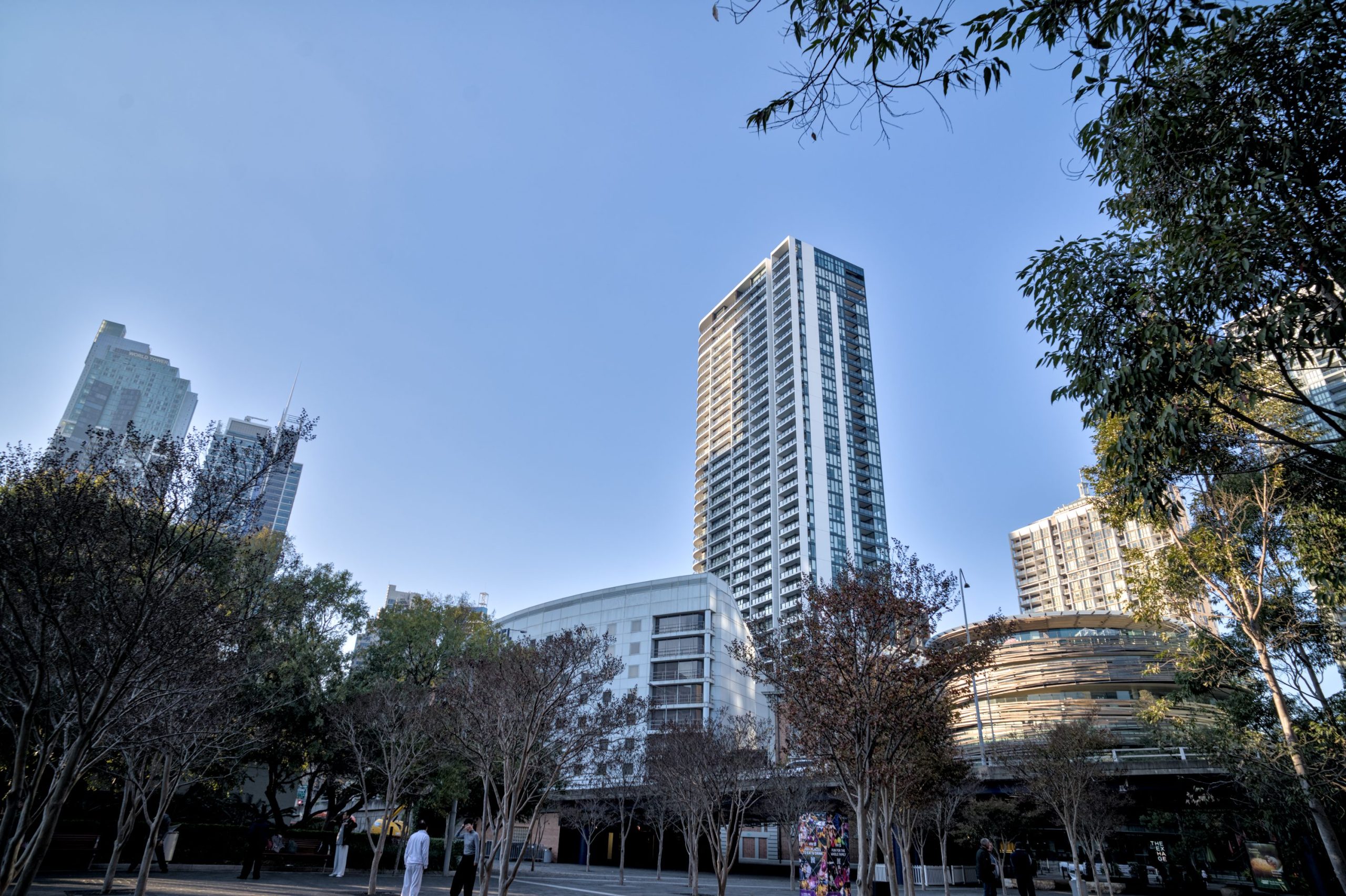A study published in Cell Reports Sustainability has identified the rates at which modern buildings both release and absorb volatile organic compounds (VOCs), as well as other potentially harmful compounds such as PM2.5 and ozone (O3).
The researchers, who looked into how buildings affect urban air quality, found that “VOC emissions from people, their activities, and surface reservoirs result in significant VOC discharge from the building to the outdoors”. The sources of VOCs include offgassing from building materials themselves, as well as occupant activities such as cooking and using volatile chemicals for cleaning.
Filling the knowledge gap
Although there have been several studies confirming that VOCs move between indoor and outdoor spaces, there is little data about how this dynamic works. To address this, the researchers performed a one-month study on a mechanically ventilated office building in Indiana during heating season. The building’s HVAC system contains a MERV 8 pre-filter and a MERV 14 final-filter.
For 23 of the 25 research days, the building operated under its standard automated HVAC settings. On the other two days, the researchers enforced an override that ensured the HVAC system used 100 per cent outdoor air for its supply. This was to simulate a building with only a single-pass HVAC system.
The researchers used an array of sensors – alongside real-time mass spectrometry and an ozone gas analyser – to calculate net emissions and absorption.
Gains and losses
The results of the study paint a complex picture of how buildings affect urban air quality. The researchers found that buildings release more VOCs than they absorb, including reactive monoterpenes and siloxanes. The quantity of VOCs released varies with occupancy rates and behaviours.
“Per unit area, building emissions of VOCs are comparable to traffic, industrial, and biogenic emissions,” the study finds. “The building source-sink behaviour changed dynamically with occupancy and ventilation conditions. Our results demonstrate that buildings can directly influence urban air quality due to substantial outdoor-indoor air exchange.”
On the flipside, the study found that buildings act as a sink for PM2.5 and O3. The researchers put this down to the effectiveness of buildings’ HVAC systems in filtering these particles and compounds out of indoor air, which then gets exhausted into the outdoor atmosphere.
The researchers note that, regardless of whether they have a net positive or negative impact in certain areas, urban air pollution models need to consider the role buildings play in the air we breathe every day.
 Nick Johns-Wickberg
Nick Johns-Wickberg


Leave a Reply